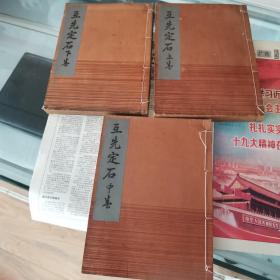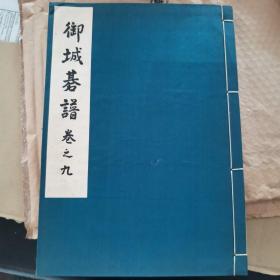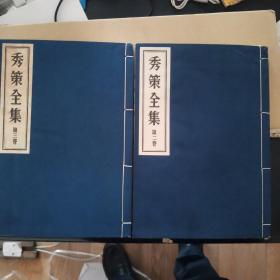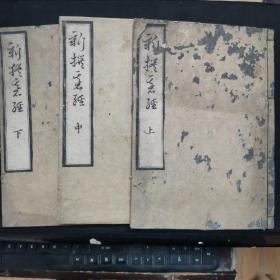
【法文原版书】 DE LA PROPRIÉTÉ PAR M. A. THIERS(《财产》 作者:玛丽·约瑟夫·路易斯·阿道夫·梯也尔)
一版一印
¥ 980 八品
仅1件
河北沧州
认证卖家担保交易快速发货售后保障
作者M. A. THIERS
出版社PAULIN, LHEUREUX ET CIE, EDITEURS
出版时间1848
版次1
印刷时间1848
印次1
装帧精装
尺寸21.2 × 14.3 cm
纸张胶版纸
页数439页
正文语种法文
上书时间2024-11-29
- 在售商品 暂无
- 平均发货时间 11小时
- 好评率 暂无
- 店主推荐
- 最新上架
商品详情
- 品相描述:八品
- 商品描述
- Marie Joseph Louis Adolphe Thiers (/tiˈɛər/ tee-AIR, French: [maʁi ʒozɛf lwi adɔlf tjɛʁ]; 15 April 1797 – 3 September 1877) was a French statesman and historian. He was the second elected President of France and first President of the Third Republic. Thiers was a key figure in the July Revolution of 1830, which overthrew King Charles X in favor of the more liberal King Louis Philippe, and the Revolution of 1848, which overthrew the July Monarchy and established the Second Republic. He served as a prime minister in 1836 and 1840, dedicated the Arc de Triomphe, and arranged the return to France of the remains of Napoleon from Saint-Helena. He was first a supporter, then a vocal opponent of Louis-Napoléon Bonaparte (who served from 1848 to 1852 as President of the Second Republic and then reigned as Emperor Napoleon III from 1852 to 1871). When Napoleon III seized power, Thiers was arrested and briefly expelled from France. He then returned and became an opponent of the government. Following the defeat of France in the Franco-Prussian War, which Thiers opposed, he was elected chief executive of the new French government and negotiated the end of the war. When the Paris Commune seized power in March 1871, Thiers gave the orders to the army for its suppression. At the age of seventy-four, he was named President of the Republic by the French National Assembly in August 1871. His chief accomplishment as president was to achieve the departure of German soldiers from most of French territory two years ahead of schedule. Opposed by the monarchists in the French National Assembly and the left wing of the republicans, he resigned on 24 May 1873, and was replaced as president by Patrice de MacMahon. When he died in 1877, his funeral became a major political event; the procession was led by two of the leaders of the republican movement, Victor Hugo and Léon Gambetta, who, at the time of his death, were his allies against the conservative monarchists. He was also a notable popular historian. He wrote the first large scale history of the French revolution in 10 volumes, published 1823–1827. Historian Robert Tombs states it was, "A bold political act during the Bourbon Restoration...and it formed part of an intellectual upsurge of liberals against the counter-revolutionary offensive of the Ultra Royalists."[1] He also wrote a twenty-volume history of the Consulate and Empire of Napoleon Bonaparte (Histoire du Consulat et de l'Empire). In 1834 he was elected to the Académie Française.
— 没有更多了 —





























以下为对购买帮助不大的评价